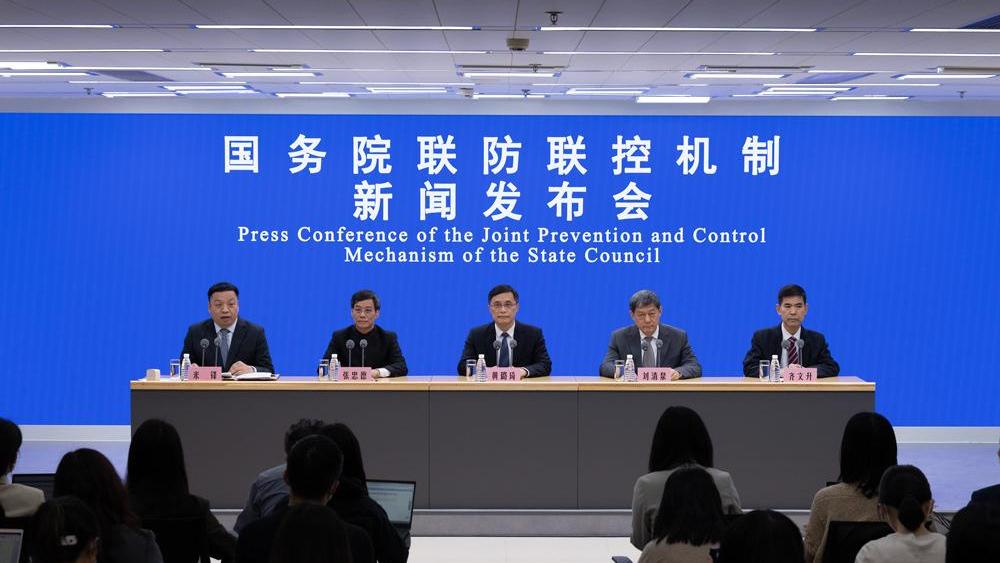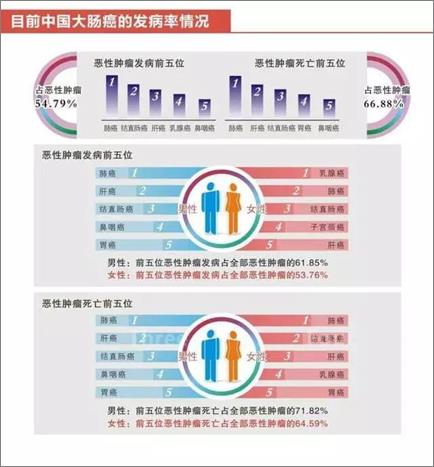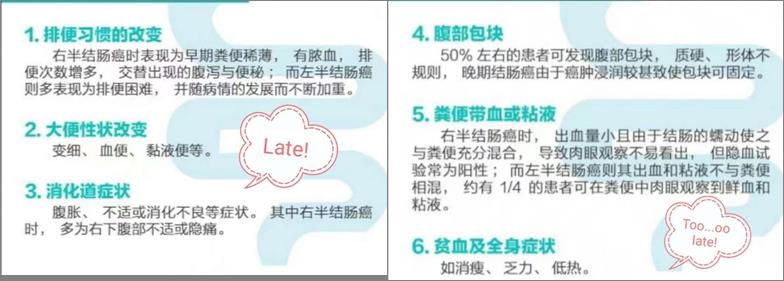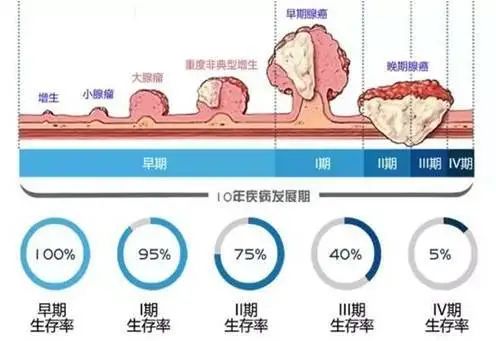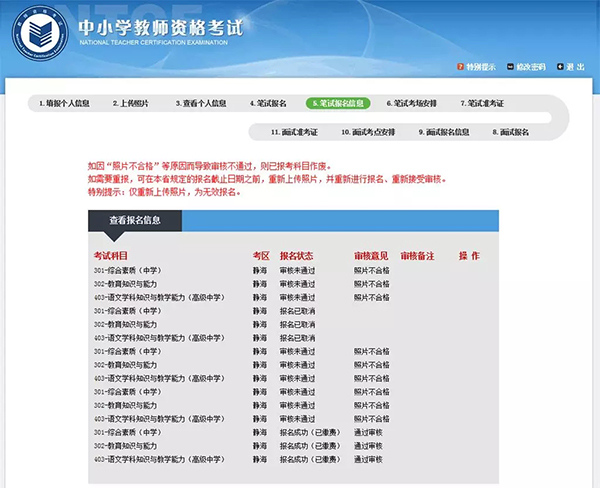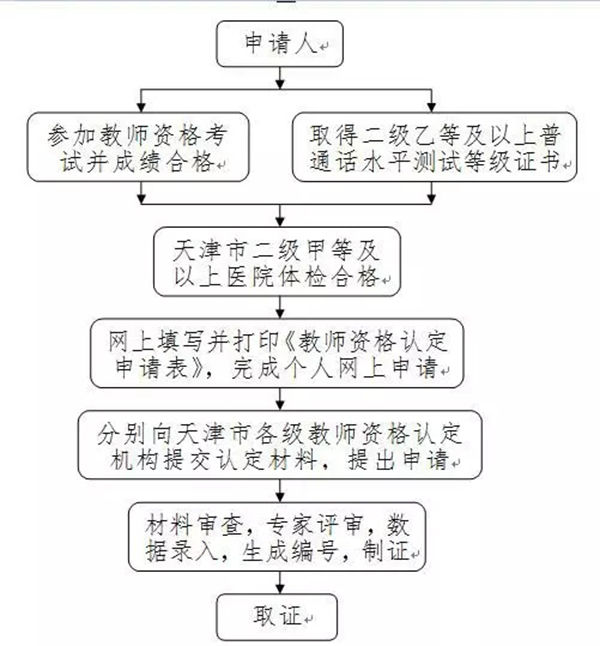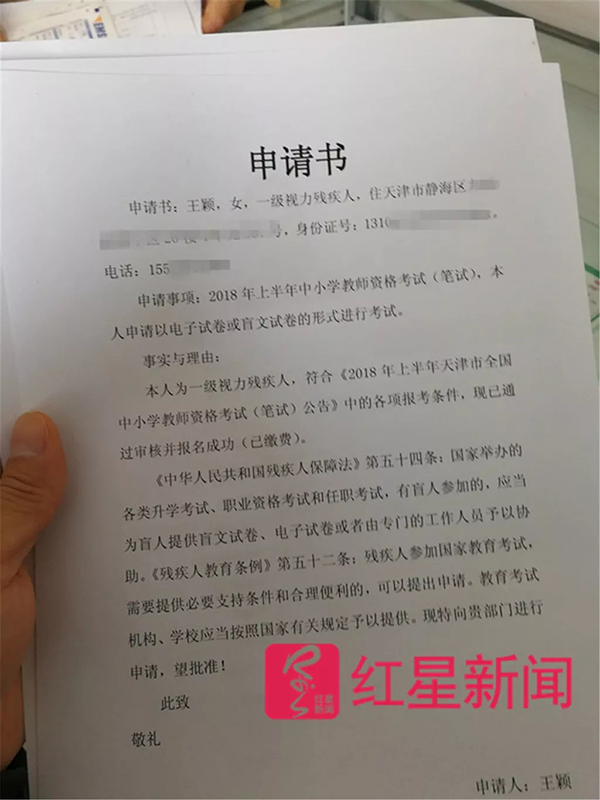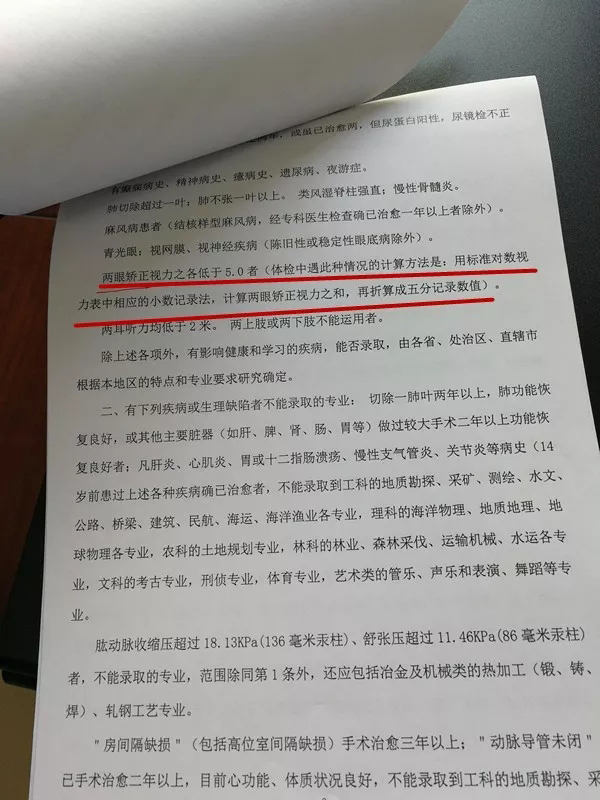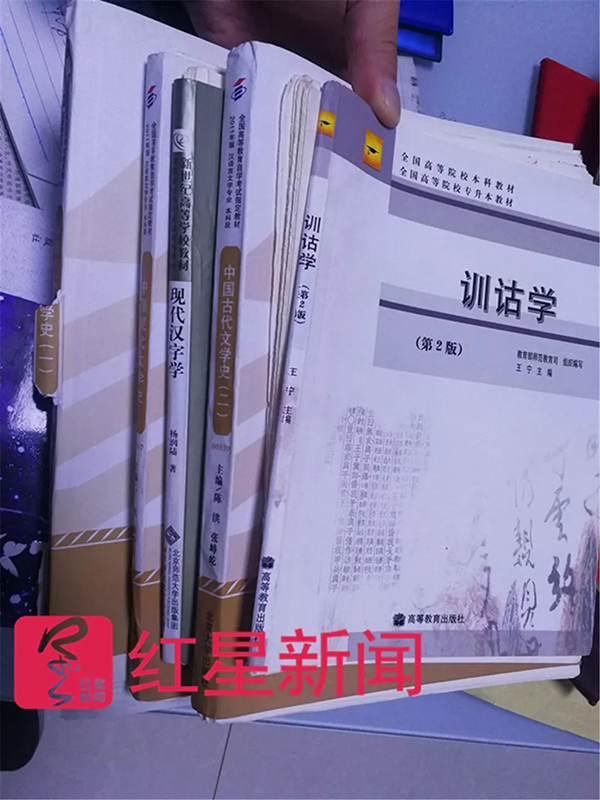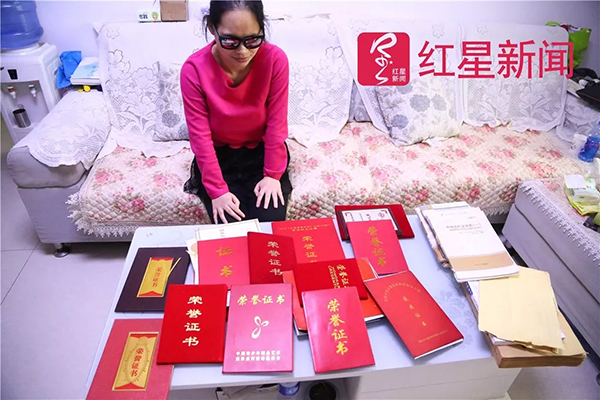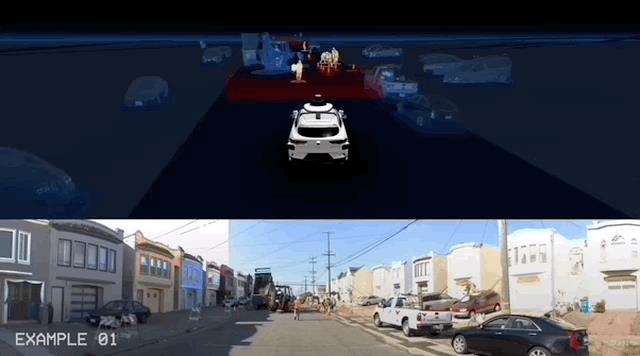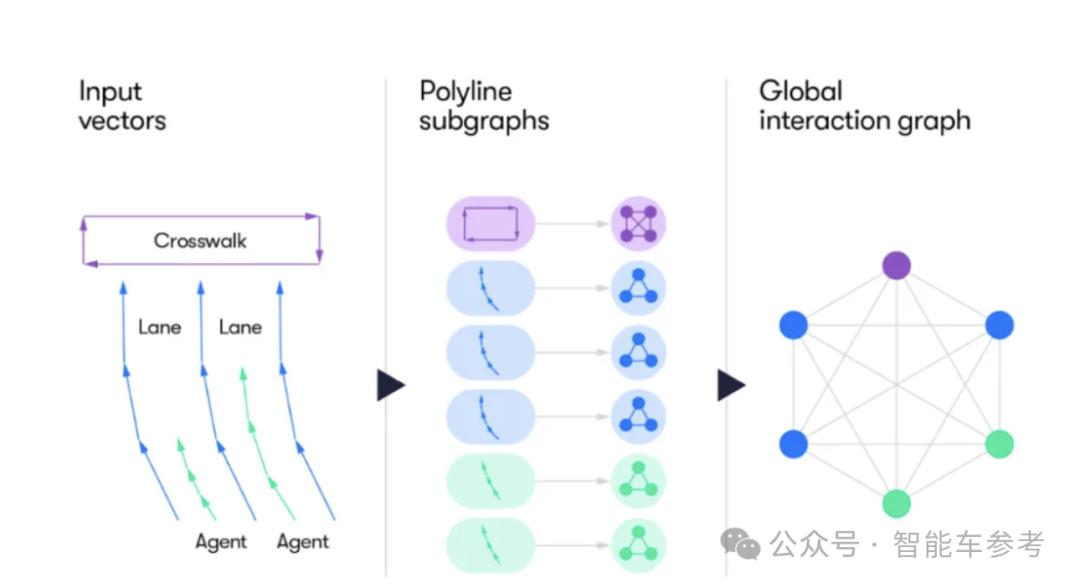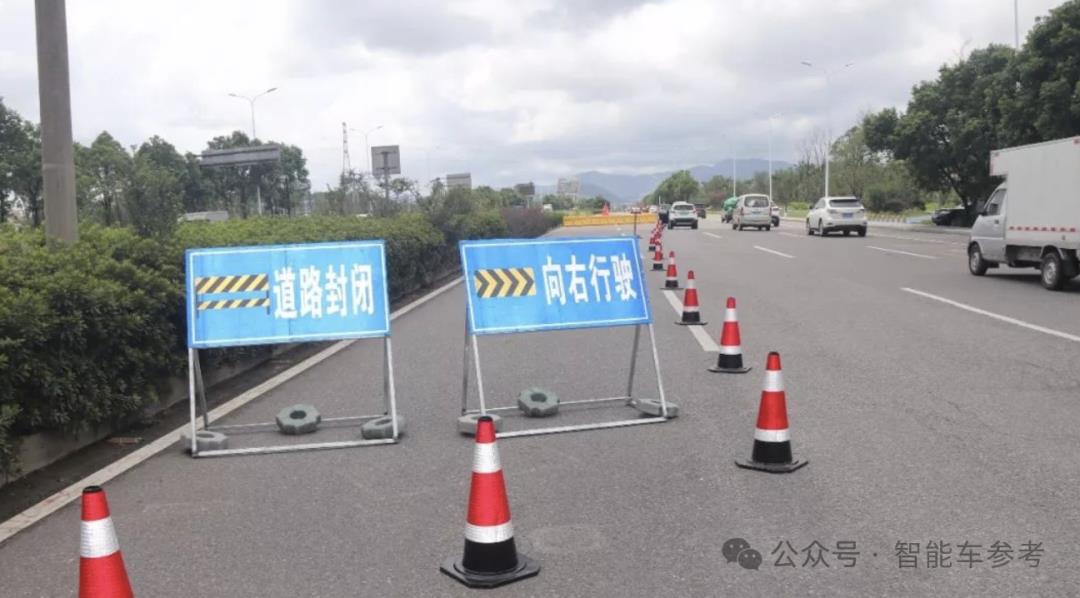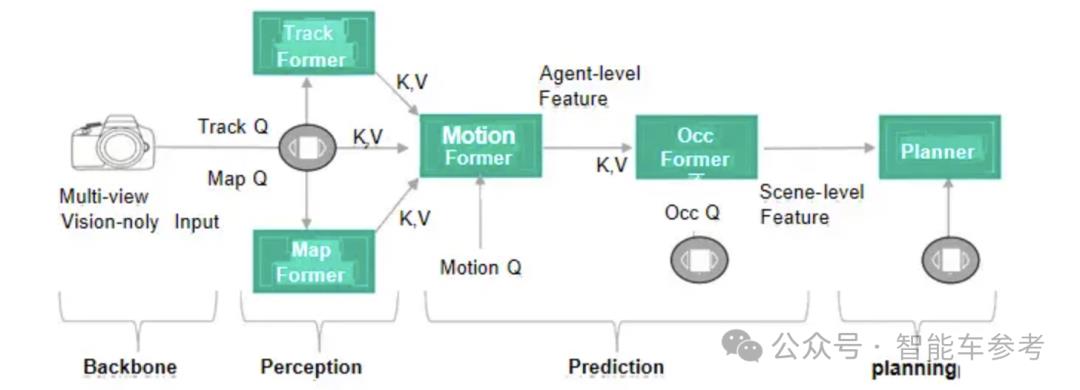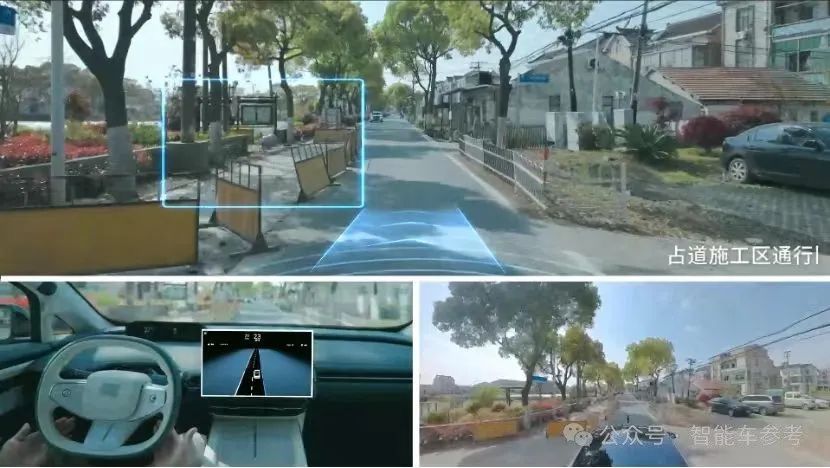Jing Zheng Ban Fa [2014] No.23
The people’s governments of the districts and counties, the commissions, offices and bureaus of the municipal government, and the municipal institutions:
"Beijing key scientific research work plan for air pollution prevention and control (2014-2017)" has been approved by the municipal government and is hereby issued to you. Please conscientiously implement it according to the actual situation.
General Office of Beijing Municipal People’s Government
April 18, 2014
Beijing Key Scientific Research Work Plan for Air Pollution Prevention and Control (2014-2017)
This plan is formulated to implement the Beijing Clean Air Action Plan for 2013-2017, accelerate the "Blue Sky Action in the Capital" jointly implemented by this Municipality, the Ministry of Science and Technology and the Ministry of Environmental Protection, and give full play to the supporting and leading role of science and technology in the prevention and control of air pollution.
First, the general idea
Thoroughly implement the important speeches of the 18th National Congress of the Communist Party of China, the Third Plenary Session of the 18th CPC Central Committee and the General Secretary of the Supreme Leader, especially the spirit of the important speeches when inspecting Beijing’s work, base on the strategic positioning of the capital city, focus on the goal of building Beijing into a world-class harmonious and livable capital, give full play to the advantages of the capital’s scientific and technological resources, take application as the guidance, and focus on enterprises, universities, research institutes, scientific and technological service institutions and related units. Carry out research on the causes, forecast and early warning of air pollution, promote clean and efficient use of energy, improve the technical level of new energy and clean energy vehicles, promote the development and demonstration application of prevention and control technologies for key pollution sources, accelerate the construction of ecological environment, promote the development of energy-saving and environmental protection industries, and provide scientific and technological support for the prevention and control of air pollution and the improvement of air quality in the city.
Second, the key tasks
(A) the causes of air pollution and forecasting and early warning research
1. Study the prevention and control law of air pollution sources. Carry out source emission inventory focusing on fine particulate matter (PM2.5), source analysis of major pollutants (ozone, nitrogen oxides, volatile organic compounds, ammonia, etc.), research on pollution causes and transport flux, and deepen understanding of air pollution and prevention and control work. Study the emission characteristics and control countermeasures of major atmospheric pollutants, and evaluate the treatment technology.
Lead unit: Municipal Environmental Protection Bureau
Co-organizers: Municipal Science and Technology Commission and Municipal Meteorological Bureau.
2. Improve the level of air pollution forecasting and early warning and emergency management. Carry out research on monitoring and early warning technology system of heavy air pollution, improve the ability of forecasting and early warning of persistent polluted weather, and explore technical ways to reduce smog by artificial influence. Study the influence mechanism and dynamic control method of meteorological conditions on regional heavy pollution process, establish a three-dimensional monitoring network of atmospheric boundary layer pollution, and form an accurate air quality forecasting model and a graded early warning system of regional heavy pollution around Beijing. Study on evaluation methods and related policies of emergency management measures for heavily polluted weather.
Lead unit: Municipal Environmental Protection Bureau and Municipal Meteorological Bureau.
Co-organizers: Municipal Science and Technology Commission and Municipal Emergency Office.
3. Carry out scientific and technological cooperation in regional air pollution prevention and control. Give full play to the advantages of scientific and technological resources in Beijing, Tianjin, Hebei and other provinces and cities, jointly carry out regional scientific and technological research on air pollution prevention and control, and promote the transformation and application of scientific research results and the sharing of air pollution prevention and control technologies. Under the guidance and coordination of the Ministry of Science and Technology, according to the technical requirements of air pollution prevention and control in Beijing, Tianjin and Hebei, we will sort out and collect air pollution prevention technologies and products, evaluate and screen to form a catalogue of advanced and applicable technologies, and provide technical and product information for regional air pollution prevention and control.
Lead unit: Municipal Science and Technology Commission
Co-organizers: Municipal Development and Reform Commission, Municipal Economic Information Commission, Municipal Environmental Protection Bureau, Municipal Housing and Urban-Rural Development Commission, Municipal Appearance Commission, Municipal Meteorological Bureau and district and county governments.
(2) Promote clean and efficient use of energy.
4. Develop alternative technologies and products for coal burning. Carry out demonstration and application of high-efficiency clean combustion technology of coal. Popularize the application of high-efficiency briquette, high-efficiency coal-fired stoves and other technical equipment, develop unattended natural gas skid-mounted station equipment, popularize solar hot water heating, passive solar energy utilization and other technologies, and adopt various technical ways to replace coal burning.
Lead unit: Municipal Development and Reform Commission
Co-organizers: Municipal Economic Information Commission, Municipal Appearance Commission, Municipal Agriculture Commission, Municipal Quality Supervision Bureau, Municipal Agriculture Bureau and relevant district and county governments.
5. Promote semiconductor lighting technology and products. Encourage, support and guide enterprises to promote the application of semiconductor lighting in subway stations, shopping malls and supermarkets, cultural theaters and roads and other typical areas.
Lead unit: Municipal Development and Reform Commission
Co-organizers: Municipal Appearance Committee, Municipal Transportation Committee, Municipal Commerce Committee, Municipal Tourism Committee and Municipal Culture Bureau.
6. Promote waste heat recovery technology and products. Promote the application of industrial waste heat recovery and utilization technology and equipment, waste heat power generation technology, waste heat recovery and heating technology and other technologies and equipment. Carry out the design and manufacture of efficient core equipment, form mature high, medium and low temperature multi-working condition waste heat power generation technology and equipment manufacturing capacity, and carry out engineering demonstration application.
Lead unit: Municipal Development and Reform Commission and Municipal Economic Information Commission.
Co-organizers: Municipal Appearance Committee and Municipal Environmental Protection Bureau.
7. Promote the wide application of building energy-saving technologies and products. Popularize and apply building intelligent control and integrated energy management system, green building materials and green lighting, natural ventilation technology, HVAC energy-saving system and other technologies and products.
Lead unit: Municipal Housing and Urban-Rural Development Committee
Co-organizers: Municipal Development and Reform Commission, Municipal Bureau of Land and Resources, Municipal Planning Commission and Municipal Meteorological Bureau.
8. Promote heat pump technology and products. Popularize waste heat pump heating technology in urban heat sources such as thermal power centers and gas-fired boiler rooms, and develop sewage source and reclaimed water source heat pump heating technology in areas where sewage collection trunk pipelines are close to suitable areas and reclaimed water resources are abundant. Popularize air source heat pump technology in suitable areas and explore the use of ground source heat pump technology.
Lead unit: Municipal Development and Reform Commission
Co-organizers: Municipal Bureau of Land and Resources, Municipal Environmental Protection Bureau, Municipal Planning Commission, Municipal Housing and Urban-Rural Development Commission, Municipal Appearance Commission and Municipal Water Affairs Bureau.
9. Promote the development of distributed energy. Encourage the construction of high-efficiency gas-fired distributed energy systems in government agencies, hospitals, hotels, shopping malls, commercial centers, transportation hubs, data centers and other fields, and comprehensively utilize renewable energy such as solar energy and wind energy where conditions permit. Demonstration and application of distributed photovoltaic power generation system in high-end equipment manufacturing park, and "photovoltaic hundred flowers project" in primary and secondary schools and industrial parks.
Lead unit: Municipal Development and Reform Commission
Co-organizers: Municipal Education Commission, Municipal Economic Information Commission, Municipal Planning Commission and Municipal Appearance Commission.
10. Implement the capital bio-gas industry science and technology demonstration project. Support the research and development of key technologies, complete sets of equipment and products for the comprehensive utilization of biogas, landfill gas and other biogas. Support the construction of bio-gas application demonstration enterprises, industrialization bases and village application demonstration projects, explore the commercial operation mode of bio-gas, and promote the standardization, engineering and industrialization of bio-gas equipment.
Lead unit: Municipal Science and Technology Commission and Municipal Agriculture Bureau.
Co-organizers: Municipal Development and Reform Commission, Municipal Appearance Committee, and district and county governments.
(3) Improve the technical level of new energy and clean energy vehicles.
11. Support the research and development of complete vehicles, key components, supporting infrastructure and operation support platforms. Intensify vehicle optimization and the development of a new platform for electric vehicles, adopt a new lightweight structure to reduce the weight of the vehicle, adopt a high-efficiency motor to improve the driving efficiency of the vehicle, and improve the energy density of the battery group. Optimize and integrate the spare parts supply system, improve the performance of key spare parts such as electric air conditioning and electric braking, reduce the cost of the whole vehicle and improve the cost performance of the whole vehicle. The man-vehicle interaction system is used to interconnect with intelligent transportation, parking guidance platform and information system to improve the use value of electric vehicles. Improve the public domain operation support platform, intelligent charging and replacing service platform and inspection and testing service platform. Carry out risk monitoring and analysis of electric vehicles, and study and establish a remote monitoring platform and management mechanism for demonstration and application of new energy passenger cars based on Internet of Things technology.
Lead unit: Municipal Science and Technology Commission
Co-organizers: Municipal Development and Reform Commission, Municipal Economic Information Commission, Municipal Finance Bureau, Municipal Planning Commission, Municipal Housing and Urban-Rural Development Commission, Municipal Transportation Commission and Municipal Quality Supervision Bureau.
12. Improve the emission standards and supervision level of motor vehicles. Study the sixth stage vehicle emission standards, local standards of vehicle fuel and related standards of on-board oil and gas recovery system of gasoline vehicles. Carry out research on in-use vehicle detection methods and vehicle emission pollution control policies to improve the supervision level. Lead unit: Municipal Environmental Protection Bureau and Municipal Transportation Commission.
Co-organizers: Municipal Development and Reform Commission, Municipal Science and Technology Commission, Municipal Economic Information Commission, Municipal Finance Bureau, Municipal Housing and Urban-Rural Development Commission, Municipal Agriculture Commission, Municipal Administration for Industry and Commerce, Municipal Quality Supervision Bureau, Municipal Public Security Bureau Public Security Traffic Management Bureau, and district and county governments.
(four) to promote the development and demonstration application of prevention and control technologies for key pollution sources.
13. Accelerate the implementation of online monitoring of pollutant emissions. Conduct research on the capacity building of automatic monitoring of key pollution sources, and accelerate the construction of automatic monitoring system for key pollution sources. Study and popularize the automatic monitoring system of low-concentration flue gas and ultrasonic flue gas flow measurement technology to accurately monitor the total pollutant discharge of key pollutant discharge enterprises.
Lead unit: Municipal Environmental Protection Bureau
Co-organizers: Municipal Science and Technology Commission and Municipal Bureau of Quality Supervision.
14 research and development of volatile organic compounds pollution control technology and equipment. Develop technologies and equipment for source control and process control of volatile organic compounds, develop high-performance catalyst carriers, and prepare new nano rare earth oxide catalysts with wide application range and strong treatment capacity. Carry out research on on-line monitoring system of gas station and vehicle-mounted oil and gas recovery technology, develop key technologies and equipment for volatile organic compounds control in industrial painting industry, and promote the application and promotion of volatile organic compounds control technology in related industries through technical demonstration.
Lead unit: Municipal Environmental Protection Bureau
Co-organizers: Municipal Development and Reform Commission, Municipal Science and Technology Commission, Municipal Economic Information Commission, Municipal Administration for Industry and Commerce, Municipal Quality Supervision Bureau, Municipal Safety Supervision Bureau, and district and county governments.
15. Control nitrogen oxide pollution from fixed combustion sources. Develop low-nitrogen and ultra-low-nitrogen burners for gas-fired boilers, develop the matching boiler main body and control system, and form complete sets of equipment for low-nitrogen and ultra-low-nitrogen combustion boilers. Develop low-temperature denitration catalyst, waste heat recovery and denitration integration devices to reduce nitrogen oxide emissions from combustion equipment.
Lead unit: Municipal Environmental Protection Bureau
Co-organizers: Municipal Science and Technology Commission, Municipal Economic Information Commission, Municipal Appearance Commission, and district and county governments.
16. Control ammonia emissions. Find out the emission characteristics and activity level of ammonia emission sources (livestock and poultry breeding, fertilizer application, mobile sources, sewage treatment, garbage treatment, etc.), carry out environmental monitoring in typical areas, put forward ammonia emission reduction control countermeasures, develop ammonia emission control technologies for key sources and demonstrate their application.
Lead unit: Municipal Environmental Protection Bureau
Co-organizers: Municipal Economic Information Commission, Municipal Appearance Commission, Municipal Agriculture Commission, Municipal Agriculture Bureau, and district and county governments.
17. Control road dust and construction dust. Screening plant populations with good dust retention effect, and carrying out research and application demonstration of greening planting technology. Piloting and popularizing multi-effect dust suppressants in key areas and carrying out on-line monitoring of construction dust. Promote the development of parts and components of assembled industrialized housing, improve the prefabrication rate, and focus on the promotion of affordable housing construction.
Lead unit: Municipal Environmental Protection Bureau
Co-organizers: Municipal Science and Technology Commission, Municipal Economic Information Commission, Municipal Planning Commission, Municipal Housing and Urban-Rural Development Commission, Municipal Appearance Commission, Municipal Landscaping Bureau, Municipal Urban Management and Law Enforcement Bureau, and district and county governments.
18. Reduce cooking fume pollution. Detect and analyze the existing fume purification products, and select and recommend a batch of catering fume purification equipment with good performance for popularization and application. Formulate stricter local standards for air pollutant emission in catering industry. Tackling the treatment technology of volatile organic compounds (VOCs) in catering lampblack, and developing modular and easy-to-maintain lampblack purification equipment. Pilot construction of a batch of online monitoring systems for catering fume in catering gathering areas.
Lead unit: Municipal Environmental Protection Bureau
Co-organizers: Municipal Municipal Appearance Committee, Municipal Agriculture Committee, Municipal Commerce Committee, Municipal Tourism Committee, Municipal Administration for Industry and Commerce, Municipal Urban Management and Law Enforcement Bureau, Municipal Public Security Bureau Fire Bureau, and district and county governments.
19. Promote cleaner production. Organize and guide enterprises in key industries such as cement to carry out cleaner production audit and implement cleaner production technological transformation. Select typical industrial development zones to implement cleaner production technological transformation, encourage the development of cleaner production projects with energy saving, consumption reduction and emission reduction, accelerate the construction of environmental protection infrastructure in industrial development zones, encourage the ecological and recycling design and transformation, and build a cleaner production science and technology model project in eco-industrial parks.
Lead unit: Municipal Development and Reform Commission and Municipal Environmental Protection Bureau.
Co-organizers: Municipal Economic Information Commission, district and county governments.
(5) Accelerate the construction of ecological environment.
20. Strengthen technical support for afforestation projects. Focusing on the key technical problems in the implementation of the million mu afforestation project, we have screened out a number of low-consumption and high-resistance multifunctional afforestation plant varieties suitable for the plain area, applied and popularized the environment-friendly plant pest control technology, developed the landscape ecological forest construction technology suitable for different site conditions, explored a new model of large-scale afforestation and dust suppression, and continuously improved the ecological benefits of the plain afforestation project.
Lead unit: Municipal Bureau of Landscaping and Greening Co-organizer: Municipal Bureau of Land and Resources, Municipal Meteorological Bureau, Municipal Park Management Center and district and county governments.
21 to speed up the cultivation, protection and utilization of excellent germplasm resources. Carry out research on the selection, propagation and application of plant varieties with excellent ecological effects, and develop plant varieties that are suitable for the climatic conditions of our city, drought-resistant and water-saving and can be propagated in factories. Construction of excellent germplasm resources database, resource nursery and excellent plant gene bank for landscaping. Cultivate late deciduous tree species and ground cover plant varieties with strong resistance to air pollution and drought, domesticate and breed excellent native tree species.
Lead unit: Municipal Bureau of Landscaping and Greening
Co-organizers: Municipal Science and Technology Commission, Municipal Agriculture Bureau, Municipal Park Management Center, and district and county governments.
Third, safeguard measures
(1) Strengthen organizational leadership and clearly implement responsibilities. We will improve the organizational model and working mechanism jointly promoted by the Municipal Science and Technology Commission and the industry authorities, strengthen communication and coordination, and focus on studying and solving major scientific and technological problems in the prevention and control of air pollution. Clarify departmental responsibilities, implement division of tasks, form joint efforts, and jointly promote scientific and technological support for air pollution prevention and control.
(2) Adhere to the demand orientation and accelerate the application of technology. Guided by the major scientific and technological needs of air pollution prevention and control, establish a sharing mechanism of scientific research results, give play to the role of industrial technology alliances, industry associations and other organizations through the first purchase, order, first (Taiwan) set of major technical equipment tests and demonstration projects, and promote the application, organize the comprehensive integration, demonstration application and popularization of new technologies and new products, promote the linkage between environmental management and technological development, and promote the development of energy-saving and environmental protection industries.
(3) Cohesing innovative resources and attracting social participation. Give full play to the role of the government in development strategy, planning, policies, standards, financial funds, etc., guide innovative resources such as technology and talents to gather in the field of air pollution prevention and control, attract enterprises, universities, research institutes, scientific and technological service institutions, industrial technology alliances and other extensive participation, and promote the formation of a scientific and technological support pattern for air pollution prevention and control with government guidance, application orientation, enterprise subject and social participation.

